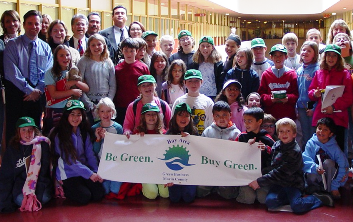Obama announces his 'Green Team'
December 15, 2008
The team President-elect Barack Obama selected to carry out his energy and
environmental policies faces a host of political, economic, diplomatic and
scientific challenges that could impede his plans to address global warming
and America's growing dependence on dirty and uncertain sources of energy.
Moisture and Mold
December 07, 2008
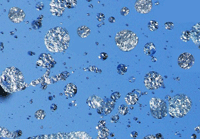
Moisture and mold are often spoken of in the same breath. Indeed, moisture
management and with it, the potential of mold growth have become two visible
concerns in the construction industry today. Add indoor air quality to the
mix and you've got an equation that begs for solutions.
In the commercial construction environment - whether it's shopping malls,
medical or educational buildings or even in general office buildings - much
depends on how vertical surfaces manage moisture and the potential for mold
growth during construction and afterward. How these surfaces address the challenges
posed by these concerns can have a profound effect on the life of a structure
and its indoor environment, as well as on the lives of those who inhabit it.
In today's tightly sealed structures, inner wall cavities present ideal growth
opportunities for mold, simply because of the moisture concentration, the
lack of air circulation and the temperature differential from one side of
the wall to the other.
Thus, mold's greatest potential for growth is out of sight. Drywall with fiberglass
mats—not paper facings—denies mold a food source it needs to grow. The right
building products and the right moisture management strategies will help protect
the building and its inhabitants.
Design Moisture Forgiveness
December 05, 2008
Design Moisture Forgiveness Moisture forgiveness is a building science concept
generated by the demand for increased energy efficiency in the built environment.
The two must be considered together in the design of a structure and as part
of a complete construction moisture management plan.
But, reducing energy consumption is not just good economics; it's a basic
tenet of sustainability. As buildings become increasingly tighter, they also
can become more susceptible to moisture damage which can compromise the performance
and durability of the building over time.
This means that building owners, architects, and contractors must employ an
integrated project delivery strategy to manage moisture effectively. Paperless
fiberglass mat drywall products used on both exterior and interior surfaces
provide the moisture forgiveness that protects the performance of the structure
and the inhabitants within.
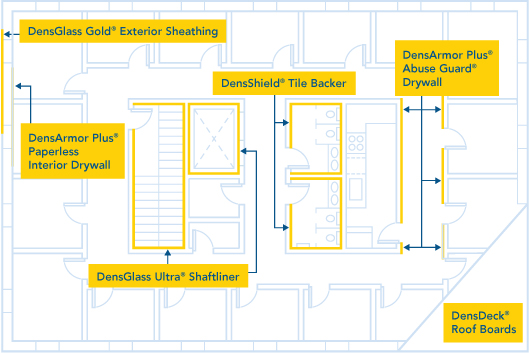 A key part of sustainable design is to use proven moisture-tolerant solutions
on both exterior and interior surfaces of the building enclosure, as well
as interior walls, behind tile in wet areas, in shafts and stairwells and
within a roofing system.
A key part of sustainable design is to use proven moisture-tolerant solutions
on both exterior and interior surfaces of the building enclosure, as well
as interior walls, behind tile in wet areas, in shafts and stairwells and
within a roofing system.
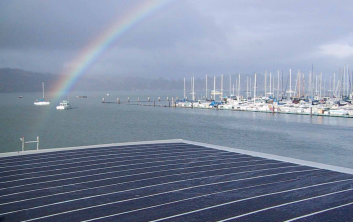
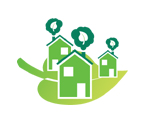
 Marin County's
Local Coastal Program is divided into two units: Unit I and Unit II. Unit
I was certified in 1980 and includes the communities of Muir Beach, Stinson
Beach, Seadrift, and Bolinas. Unit II was certified in 1981 and includes
the communities of Olema, Point Reyes Station, Inverness, Dillon Beach and
Oceana Marin, Marshall, and Tomales. The primary goal of the LCP is to ensure
that the local government's land use plans, zoning ordinances, zoning district
maps, and implemented actions meet the requirements of, and implement the
provisions and polices of the Coastal Act at the local level.
Marin County's
Local Coastal Program is divided into two units: Unit I and Unit II. Unit
I was certified in 1980 and includes the communities of Muir Beach, Stinson
Beach, Seadrift, and Bolinas. Unit II was certified in 1981 and includes
the communities of Olema, Point Reyes Station, Inverness, Dillon Beach and
Oceana Marin, Marshall, and Tomales. The primary goal of the LCP is to ensure
that the local government's land use plans, zoning ordinances, zoning district
maps, and implemented actions meet the requirements of, and implement the
provisions and polices of the Coastal Act at the local level.